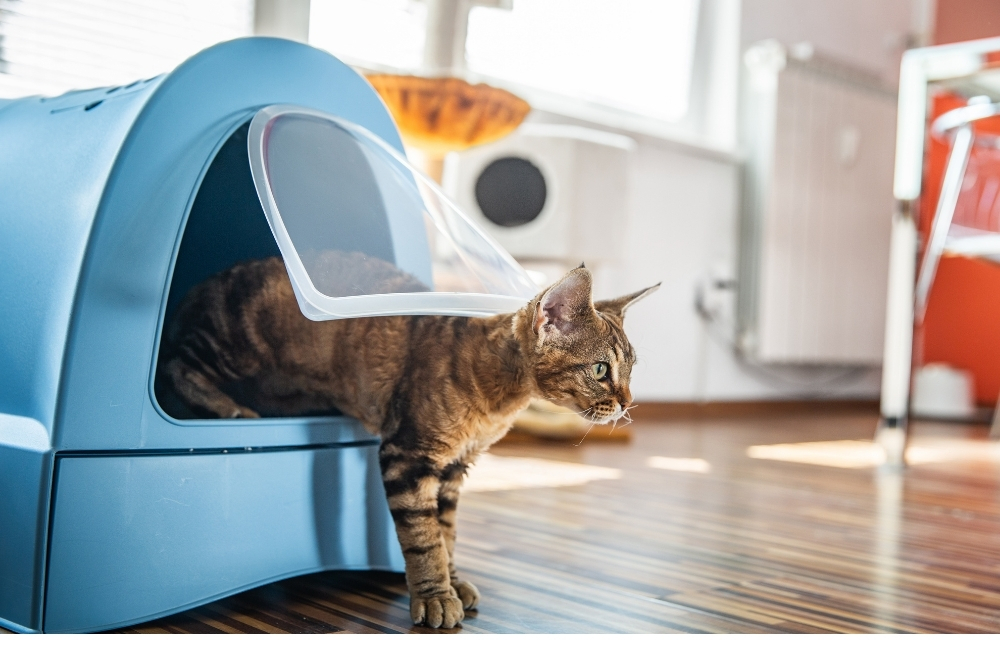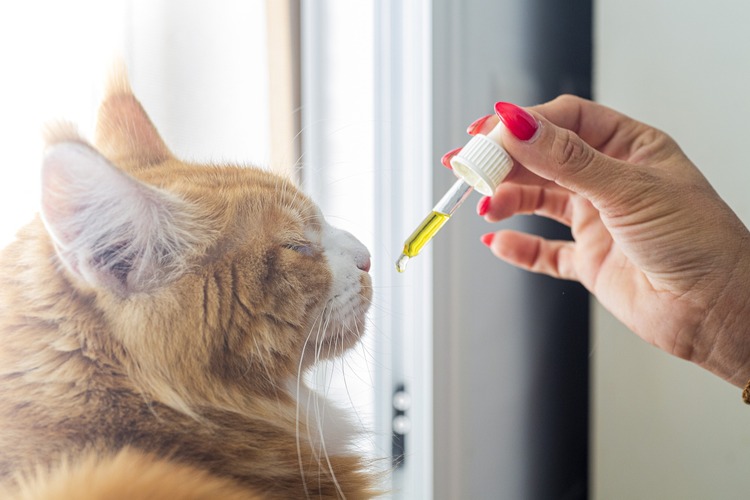Dehydration in dogs occurs when the amount of intake of fluids in the body is less than the amount of outtake of body fluids. It is normal for dogs to lose water through panting, evaporation, breathing, and urination.
Water is essential for various body functions as it forms an integral part of the blood in a dog’s body. It aids in digestion, cushioning internal organs, lubricating joints, and body temperature regulation. It is also necessary to enable cells to absorb and transport nutrients in the body.
Related: How to Tell if your Dog is in Pain (Plus Ways to Help)
Signs of Dehydration
While it is unfortunate that dogs can’t tell us when they are dehydrated, there are a few signs and symptoms that will indicate that a dog is dehydrated. This will allow you to take the necessary action before it reaches a point where you have to visit a vet. Signs of dehydration include;
- Dry nose
- Heavy panting
- Excessive vomiting and diarrhea
- Thick saliva
- Dry and sticky gums
- Loss of appetite
- Reduced energy
Causes of Dehydration
One of the most common causes of dehydration is overheating and perspiration mainly through the paws due to excessive exposure to dry weather. Vigorous and strenuous exercise without proper hydration can also lead to dehydration in dogs.
Related: How to Tell if Your Dog is Pregnant
Dehydration can also result from sickness where the dog experiences excessive vomiting, diarrhea, and urination leading to a quick loss of body fluids.
Other conditions such a kidney diseases, diabetes, and some cancers are known to cause rapid canine dehydration.
Prevention and Treatment of Canine Dehydration
The best way to prevent dehydration is by making sure your dog is not exposed to the conditions that can lead to dehydration such as excessive, vigorous exercises and exposure to excessive, dry weather without giving them enough water to drink.
You should also ensure your dog maintains a healthy diet at all times and visit the vet regularly to help detect and treat any disease early enough before it gets life-threatening, such as kidney failure, diabetes, or cancer.







